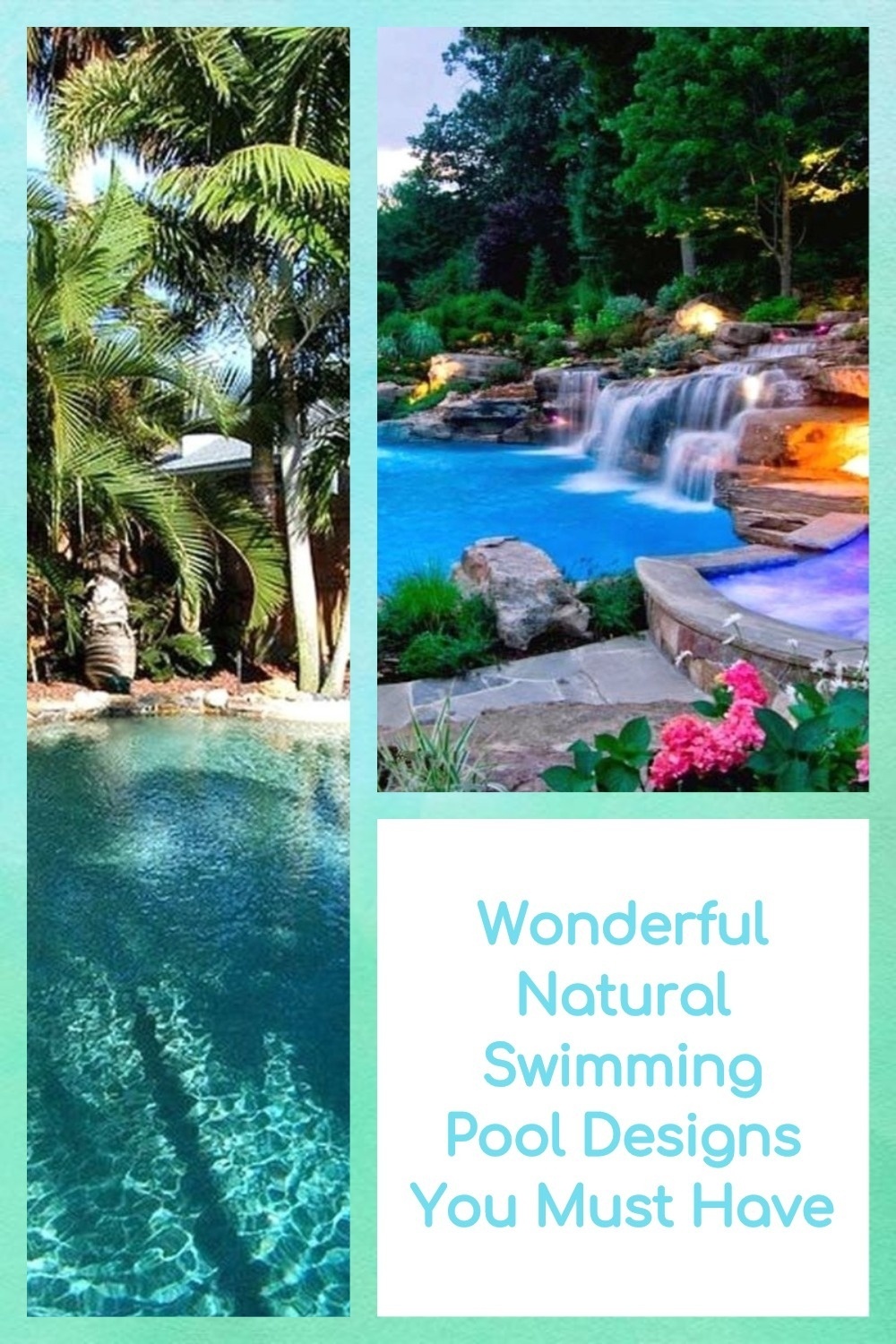Are you tired of the traditional chlorinated swimming pools? Do you want to bring nature into your backyard oasis? Then, it’s time to consider building a natural swimming pool. Natural swimming pool designs are a perfect combination of modern aesthetics and ecological balance. In this article, we’ll guide you through the process of designing and building your own natural swimming pool, from choosing the right location to selecting the right plants.
Natural swimming pool designs offer a sustainable and eco-friendly alternative to traditional swimming pools. These beautiful and serene backyard additions use natural filtration systems, including aquatic plants and beneficial bacteria, to maintain water quality without the need for harsh chemicals. With a variety of design options and the ability to swim with aquatic life, natural swimming pools provide a unique and healthy swimming experience. This guide will provide you with all the information you need to create your own natural swimming pool oasis.
Why Choose a Natural Swimming Pool?
Before we dive into the design process, let’s talk about why you should choose a natural swimming pool. Traditional swimming pools rely on chemicals like chlorine to keep the water clean, which can be harmful to the environment and to swimmers. On the other hand, natural swimming pools use a combination of plants and natural filtration systems to keep the water clean, making them a safer and more sustainable option. Plus, natural swimming pools offer a beautiful and serene addition to your backyard.
Natural Swimming Pool Designs: Getting Started
Building a natural swimming pool requires careful planning and design. Here are the steps to get started:
Step 1: Choose the Right Location
The first step is to choose the right location for your natural swimming pool. It should be in an area that gets plenty of sunlight, away from trees and other plants that could drop leaves into the water. You’ll also want to make sure the location is level and has good drainage.
Step 2: Determine the Size and Shape
Next, you’ll need to determine the size and shape of your natural swimming pool. The size will depend on the number of people who will use it and the available space. The shape can be customized to fit your backyard aesthetic, from rectangular to freeform.
Step 3: Choose the Right Materials
When it comes to building a natural swimming pool, you’ll want to choose eco-friendly and sustainable materials. This includes choosing a liner made from natural materials like clay or rubber, and avoiding materials like concrete that can leach chemicals into the water.
Step 4: Plan the Filtration System
The filtration system is the heart of a natural swimming pool. You’ll need to plan the right filtration system for your pool based on its size and shape. This can include a combination of natural filtration systems like plants and biofilters, as well as mechanical systems like pumps and skimmers.
Natural Swimming Pool Designs: Adding Natural Elements
Now that you have the basic design planned out, it’s time to add natural elements to your natural swimming pool.
1. Water Features
Water features like fountains, waterfalls, and streams can enhance the beauty of your natural swimming pool. They also provide soothing sounds and help circulate the water.
2. Plants
Plants are an essential part of a natural swimming pool. They not only provide natural filtration but also add visual interest and color to your pool. You’ll want to choose plants that can thrive in water, like water lilies and lotus, as well as plants that can be planted in the surrounding landscape.
3. Rocks and Boulders
Rocks and boulders can add a natural and rustic feel to your natural swimming pool. They can be used to create a waterfall or as a seating area around the pool.
Natural Swimming Pool Designs: Maintenance and Upkeep
Maintaining a natural swimming pool is different from a traditional swimming pool. Here are some tips for keeping your natural swimming pool clean and healthy:
1. Regular Maintenance
You’ll need to regularly clean your natural swimming pool, removing leaves and debris, and monitoring the water quality. You’ll also need to maintain the filtration system, keeping the plants healthy and removing any debris.
2. Seasonal Changes
Seasonal changes can impact your natural swimming pool. During the winter, you’ll need to drain the pool and protect the plants and filtration system from freezing temperatures. During the summer, you may need to add more plants or adjust the filtration system to keep the water clean.
3. Chemical-Free Cleaning
Unlike traditional swimming pools, natural swimming pools don’t rely on chemicals to keep the water clean. Instead, you can use natural methods like beneficial bacteria, enzymes, and aeration to maintain the water quality.
Conclusion
Natural swimming pool designs offer a sustainable and eco-friendly alternative to traditional swimming pools. They provide a beautiful and serene addition to your backyard, while also promoting a healthy environment for swimmers and aquatic life. By following the steps outlined in this guide, you can create your own natural swimming pool oasis in your backyard.
Remember, the key to a successful natural swimming pool is regular maintenance and upkeep. With the right care, your natural swimming pool can provide years of enjoyment and relaxation.
Thank you for reading our guide to natural swimming pool designs. We hope you found it helpful and informative.





































